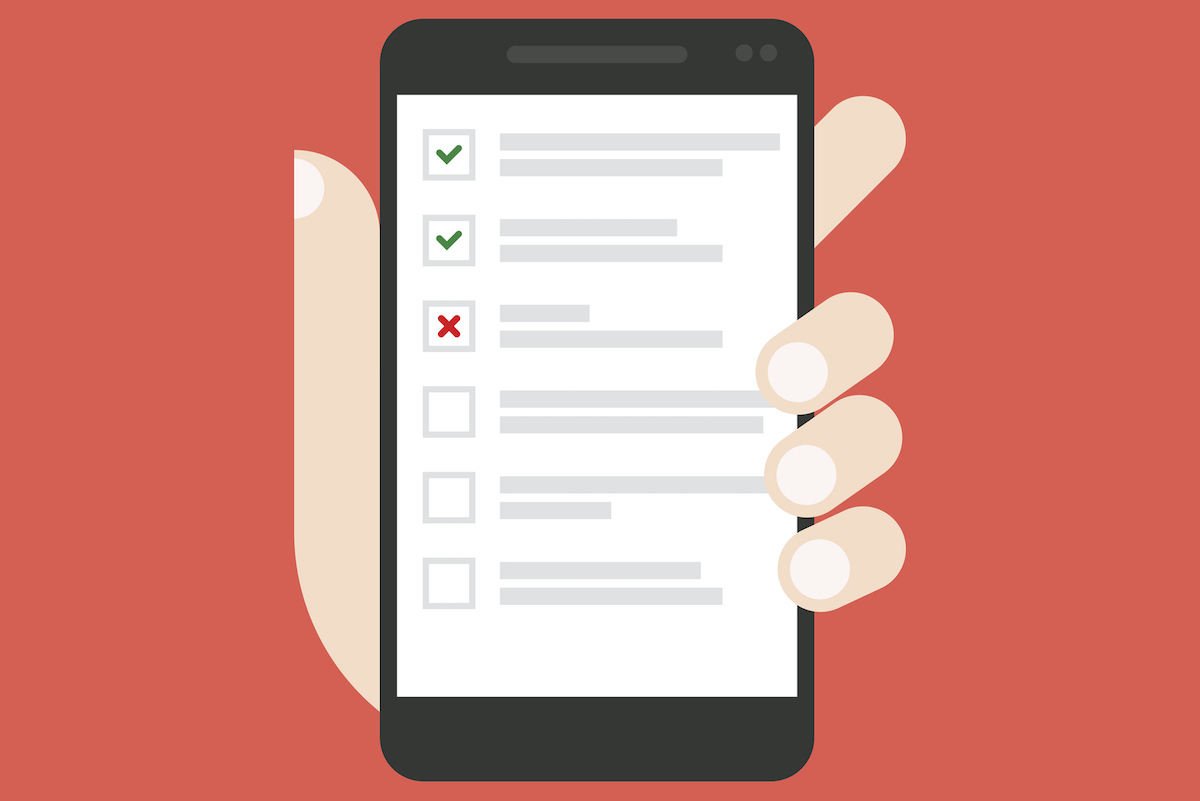Employees
Making the right decisions about bringing staff back to work
 As the rules around lockdown ease over the next few weeks, a phased return to work is on the horizon in many industry sectors.
As the rules around lockdown ease over the next few weeks, a phased return to work is on the horizon in many industry sectors.
Employers will be called on to make crucial, complex plans around staff health and safety. In this article we’re looking at pulse surveys as a form of decision-support for leaders as they take their teams back to work through this difficult period.
You’ll also want to have a look at our dedicated back to work guidance page, where we neatly summaries government advice for businesses looking to bring employees back to work.
When coronavirus sent us into lockdown, many business leaders had to make hugely important staffing decisions overnight. These were decisions that would normally involve lots of data, consultation and consideration, but were being made based on incomplete information.
Bigger decisions are still to come in the next few weeks as lockdown loosens. Employees are likely to have mixed feelings about going back to work. From worries about travelling on public transport to the viability of social distancing in the workplace, those feelings will be an important factor in how and when business owners bring people back in.
A pulse survey is a good source of insight, one that helps you manage the transition more smoothly, collaboratively and sensitively.
What is a pulse survey?
As the name suggests, pulse surveys are short, sharp, anonymous employee questionnaires done in frequent, regular bursts. Quick to create and quick to complete, they are an efficient way to understand employees’ attitudes and anxieties towards a specific subject.
Why could a pulse survey be useful as we think about getting back to work?
Leaders who listen to employees make better decisions and employees whose leaders listen to them feel happier and more engaged. The last few weeks under the coronavirus cloud have brought new urgency and unpredictability into the task of engaging employees. Pulse surveys allow for listening at a new pace, perhaps weekly or fortnightly.
Why can’t I just ask my employees what they think about coming back to work?
Leaders in smaller businesses are often much closer to their staff and have a better feel for what they think and feel. But regardless of headcount, communicating virtually with a dispersed workforce, reading emotions and picking up people’s anxieties is hard.
What else makes pulse surveys suitable for the back to work phase?
- You get closer to the truth: For all kinds of reasons, your staff might not be telling you what they really think and feel right now. For some staff, undeclared or unknown mental health conditions might have come to the fore during lockdown. For others, concerns about job security might mean they’re not sharing their feelings openly with line managers. An anonymous online survey is likely to get you more honesty.
- They give you near real-time data: In a crisis, as we have seen over the past few weeks, situations can unfold quickly. New facts emerge and government advice changes, affecting how people feel and behave. Pulse surveys tell you what employees feel now, not last week or last month. If you have to make rapid decisions, you need reliable data.
- They can encourage people to focus on solutions: The frequency of a pulse survey can serve to enlist people more actively in the challenges you’re facing as a business. If you keep asking how people feel about a certain problem, they can start sharing suggestions and making recommendations between surveys. Pulse surveys can open up communications and start wider useful conversations.
- They are quick to send and quick to complete: Unlike the traditional annual mega-employee survey, pulse surveys are quick to complete (usually less than two minutes), and quick to administer and analyse (again, minutes). Response rates to pulse surveys can be much higher than with most surveys.
- They show you value employees’ opinions: An annual workplace survey doesn’t really demonstrate genuine curiosity. By asking for employee feedback more frequently, you are showing you care about ongoing dialogue with employees and see feedback as a central factor in your decisions.
- They allow for analysis of improvements over time: Not only can pulse surveys help you take impactful decisions more confidently, you can also track how those decisions are affecting people. They allow you to be responsive and iterate your way towards a good outcome for the business.
How can I create a pulse survey?
Be the Business is a government-funded, not-for-profit organisation. We’re doing everything we can to support small and medium-sized businesses through this crisis and into recovery. Part of our job is to make sure you’re getting all the free help and support that’s available to you from big business. For pulse surveys, you might want to look at the free resources from these providers:
Qualtrics
Suitable for firms with larger headcounts, Qualtrics is making its pulse survey tool free of charge with customisable templates for Return to Work Pulse (helps you quickly understand and address staff concerns and create action plans for transitioning back into the workplace) and Remote Work Pulse (helps you understand how well prepared your workforce is for remote working, and if employees have everything they need).
Workbuzz
Workplace engagement and analytics firm Workbuzz is offering free access to a single temperature check with its coronavirus pulse survey.
SurveyMonkey
For SMEs of all sizes, SurveyMonkey is often the go-to tool for simple, user-friendly DIY questionnaires. Here are its general tips on writing pulse survey questions. The platform has always offered a basic account free of charge and is currently also offering two free coronavirus-related survey templates. One for managers to check in with remote working staff and one for broad usage by business leaders and HR managers.
Questions to consider including in your pulse survey:
- How comfortable are you returning to work? Ask people to choose from a range of responses: “Very comfortable” to “Not comfortable at all”
- What are your main concerns about coming back into the workplace? You can either list a range of possible concerns for people to choose from or offer space for people to type in their concerns.
- What are you looking forward to about returning to the workplace? An open question allows people to express themselves freely. This one also frames the subject positively, rather than nudging people to only think of worries.
- I am aware of the new health & safety policies and practices or I understand what is expected of me in maintaining a healthy and safe environment at work. Simple statements like these for people to agree or disagree with can show you how well information has been communicated.
- If your role requires you to travel, how comfortable do you feel travelling at this time? A good question to gauge where comfort zones are; some parts of returning to work might feel OK, some not.
- If you could continue to work remotely, would you be interested? Rather than presume people would prefer to keep working at home (or are keen to get back into work) a pulse survey allows you to just ask.
- Do you have any ideas about how we can make your transition back to work easier? A good question to move people from general worry towards thinking about specific, practical solutions.
- How often does your role require you to have in-person interactions with other people in the workplace? Questions like these allow you to keep your survey anonymous while still getting a feel for any worries unique to particular teams/types of workers.
Don’t forget to visit our dedicated back to work guidance page, where we’ve made the government’s advice digestible and accessible for you and your business.


